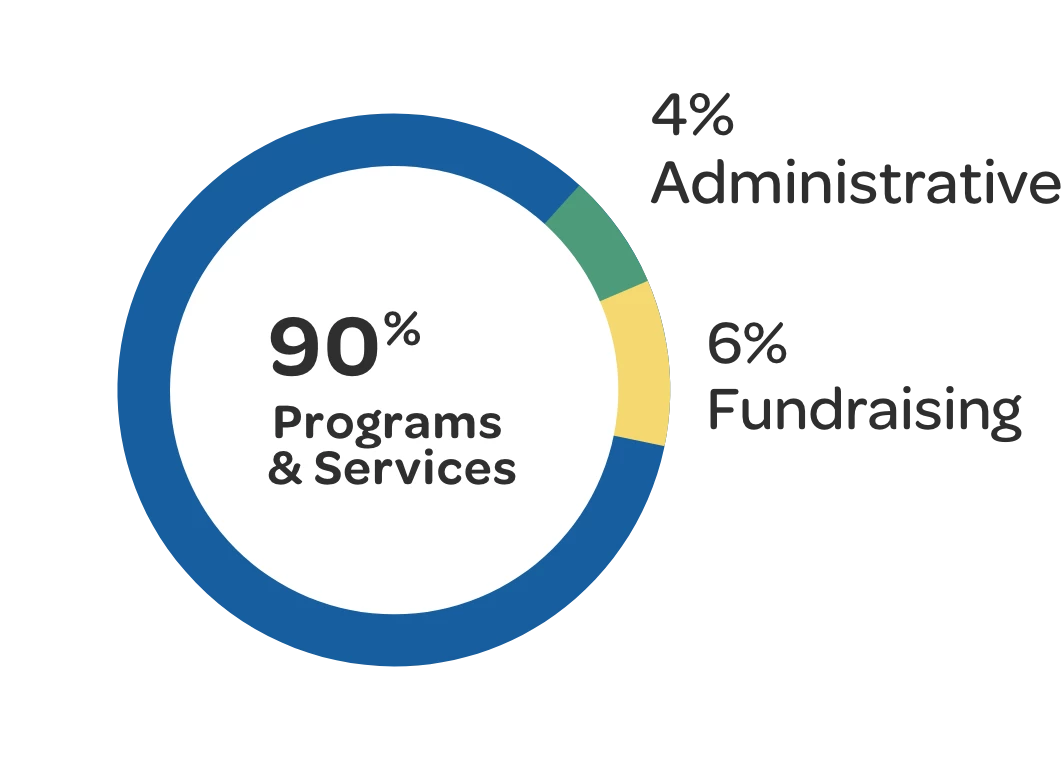Financial Planning Leaves More Room for Charity
Creating a personal budget isn’t always on our high-priority list. But if more people did so, they’d be able to save a way more money for other endeavors—going on a vacation, a shopping spree, or—our favorite—a charitable donation.
By creating a personal budget, we would be in better positions to afford giving charitable donations and Sadaqah, which is needed now more than ever.
Recent reports show that charitable donations are down during the recession. When economic times get hard, people are less inclined to spend, even in the name of charity. That’s unfortunate, because rough economies usually mean it’s more important than ever to share the wealth.
But in order to keep track of our expenses responsibly, and maximize how we use our dollars, creating a personal budget is necessary.
Creating a personal budget:
Get a pen and paper and start creating a personal budget by first calculating what you’ve got.
Next, calculate all of your expenses.
Now calculate what you have to pay to survive. This amount can be broken down into the following categories (but is not limited to the following):
a. Rent/mortgage payment
b. Grocery expenses
c. Clothing
d. Utility bills
e. Car maintenance/payment/gas expensesDetermine how much you’re spending each month on non-essentials. This includes: recreational activities (dining out, video rental or purchases, electronics, etc.); gifts for weddings, birthdays and holidays; and costly phone bills, particularly for long-distance calls to friends and family.
Tip: To cut costs here, you can dine at home more often, set aside a little bit each month for gifts, and shop around for a better phone plan.
Finish calculating and compare all four numbers: What you earn, what you spend, what you spend only on essentials, and what you spend only on non-essentials. Now you can create a personal budget.
Establish categories for debt elimination, Sadaqah and savings. If you’re serious about giving charity, eliminating your debt and still having a bit left for a rainy day, you need to include these categories when you create a personal budget.
Your next step now is: Set amounts you’re willing to allocate to each category and commit to the budget. Commitment to your budget is how you can live a financially responsible and stress-free life.
Keep in mind, though: numbers are flexible. Shop around for cheaper options for things (most things can be found cheaper online on reliable sites!) and sales. Also: look for ways you can increase how much you allocate to debts, savings and charity.
Plan for emergencies. When you create a personal budget, leave some room available for emergencies. You don’t know when one will strike, but you want to be prepared for it when it does.
When you create a personal budget, you are making the decision to live a financially responsible lifestyle, one that will reduce the money-wasting habits and increase the money you are able to save, and even the funds you are willing to give to charity.






